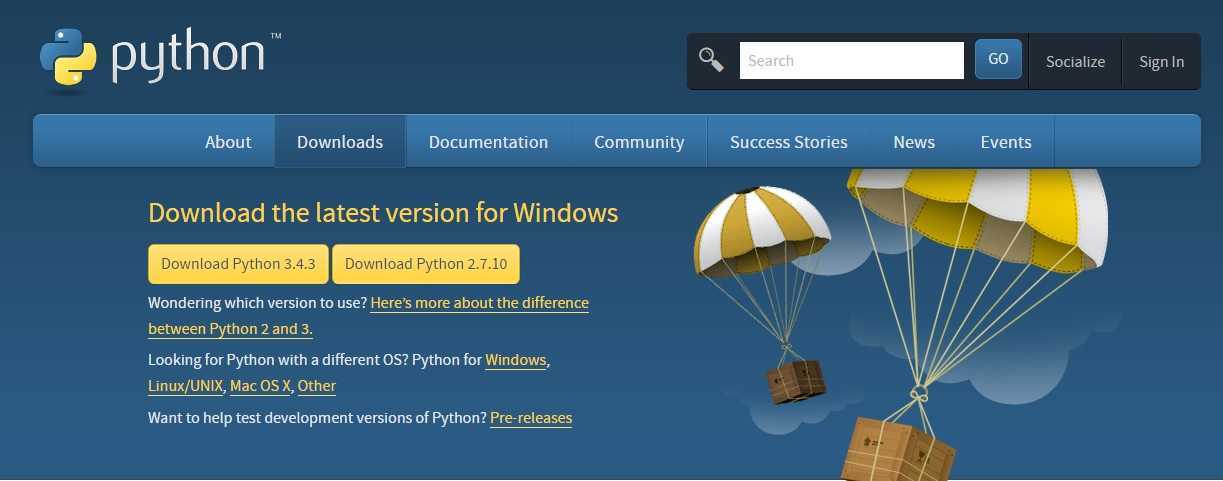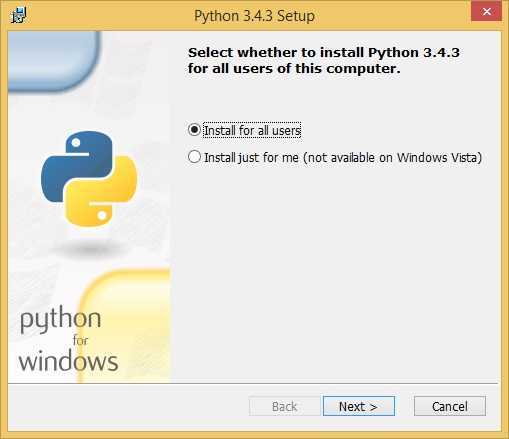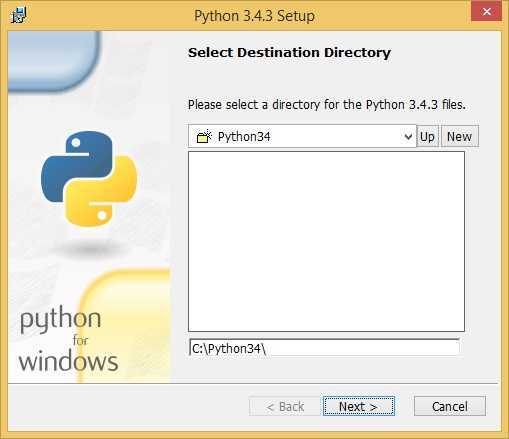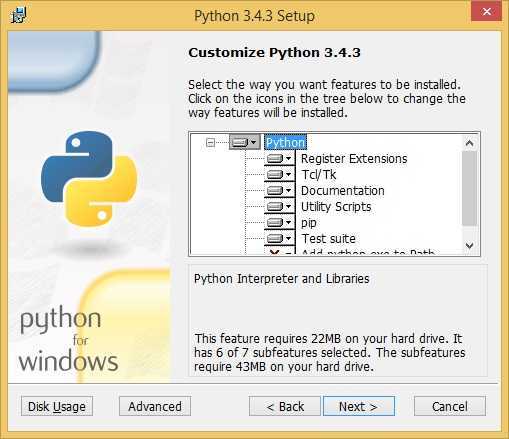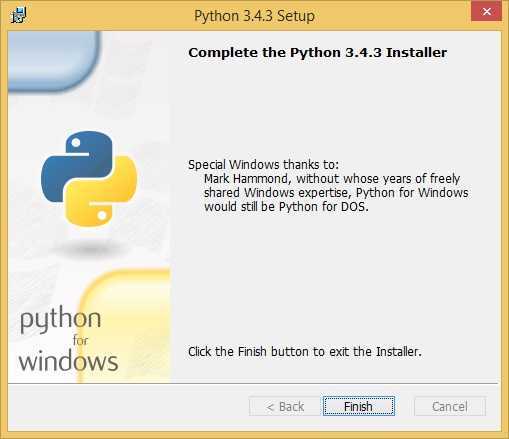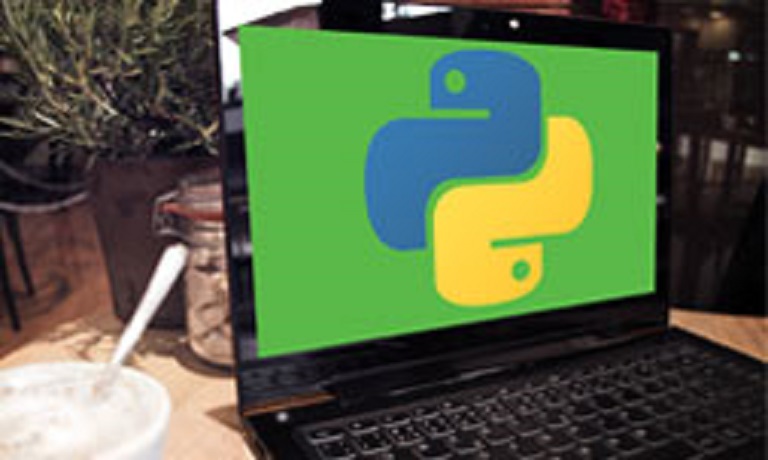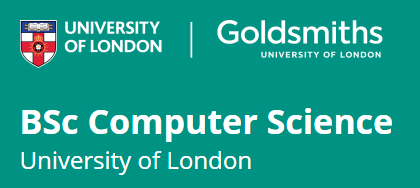| CARVIEW |
Select Language
HTTP/1.1 301 Moved Permanently
Date: Wed, 15 Oct 2025 12:30:28 GMT
Server: Apache/2.4.6 (CentOS) OpenSSL/1.0.2k-fips PHP/7.3.33
Vary: Accept-Encoding
X-Powered-By: PHP/7.3.33
Set-Cookie: PHPSESSID=a0d31277e8c8a8d8a401e28d111a311c; path=/
Expires: Wed, 11 Jan 1984 05:00:00 GMT
Cache-Control: no-cache, must-revalidate, max-age=0
Pragma: no-cache
X-Redirect-By: WordPress
Location: https://geek-university.com/install-python-on-windows/
Referrer-Policy:
Content-Length: 0
Content-Type: text/html; charset=UTF-8
HTTP/1.1 200 OK
Date: Wed, 15 Oct 2025 12:30:28 GMT
Server: Apache/2.4.6 (CentOS) OpenSSL/1.0.2k-fips PHP/7.3.33
Vary: Accept-Encoding
X-Powered-By: PHP/7.3.33
Expires: Thu, 19 Nov 1981 08:52:00 GMT
Cache-Control: no-store, no-cache, must-revalidate
Pragma: no-cache
X-Pingback: https://geek-university.com/xmlrpc.php
Link: ; rel="alternate"; type="application/json"
Link: ; rel=shortlink
Content-Encoding: gzip
Referrer-Policy:
Content-Length: 16925
Content-Type: text/html; charset=UTF-8
Install Python on Windows | Python#
- CCNA online course
- Linux online course
- VMware ESXi online course
- Nmap online course
- MySQL online course
- Raspberry Pi online course
- Apache HTTP Server course
- VMware Player online course
- Splunk online course
- SQL online course
- Oracle VirtualBox online course
- Python online course
- Asterisk course
- VMware Workstation Player course
- Process Explorer course
- Pillow online course
- Create a web crawler in Python
- A short introduction to…
Install Python on Windows
Before you start programming, you will need to download and install Python. To do this, browse to the official download site and download the latest version for Windows:
The file you’ve downloaded contains everything you will need to get started with Python: the Python interpreter, command-line tool, IDLE application, etc. Double-click the installation file to start the installation and select whether you would like to install Python for all users or just for yourself:
Select the installation directory:
Select the Python components that will be installed. If possible, leave the defaults:
The installation should start. After it’s done, click Finish to exit the installer:
That’s it! Python is installed and ready to use.
Python course
- Introduction
- Python overview
- Install Python on Windows
- Install Python on Linux
- Add Python to the Windows Path
- Run Python code
- Interactive prompt
- IDLE editor
- Command line
- Help mode
- Basic programs
- Write your first program
- Use comments
- What are variables?
- Variable data types
- Variable names
- Numeric variables
- Strings
- Get the current date and time
- Operators overview
- Arithmetic operators
- Comparison operators
- Logical operators
- Assignment operators
- Membership operators
- Identity operators
- Conditional statements
- The if statement
- Get user input
- The if...else statement
- The if...elif statement
- Nested if statements
- Use logical operators
- Loops
- The for loop
- Use for loop with the range() function
- The break statement
- The continue statement
- The pass statement
- Use else statement in loops
- The while loop
- Nested loop statements
- Errors
- Types of errors
- Syntax and logical errors
- The try...except statements
- The try...except...else statements
- The try...except...finally statements
- Catch specific exceptions
- Raise exception
- Nest exception handling statements
- Modules
- What are modules?
- Import modules
- Find files on disk
- Display module content
- Strings
- What are strings?
- Escape characters
- Access individual characters
- String functions
- Search strings
- Concatenating strings
- Lists, sets, tuples, dictionaries
- What are lists?
- Modify lists
- Loop through a list
- Check whether a value is in a list
- Sorting lists temporarily
- Sorting lists permanently
- Obtaining the list length
- What are sets?
- What are dictionaries?
- Add new key-value pair to a dictionary
- Modify a value in a dictionary
- Delete a key-value pair in a dictionary
- Loop through a dictionary
- What are tuples?
- Looping over a tuple
- Working with files
- How to read and write files
- Read a file
- Read and write – with statement
- Make a list of lines from a file
- Functions
- What are functions?
- Return statement
- Positional arguments
- Keyword arguments
- Default values for parameters
- Flexible number of arguments
- Variable scopes



